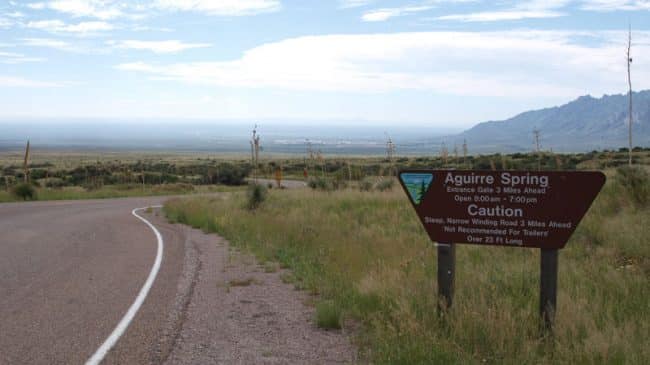Roads and other transportation infrastructure make up half of the deferred maintenance backlog in national parks.1 With the agency’s centennial fast approaching, the National Park Service should consider creative partnerships with the private sector to address these challenges and ensure park infrastructure is sustainable in the agency’s second century, not marred by chronic deterioration.
The National Park Service can look to states and local governments for inspiration on how to deal with their infrastructure challenges. Over the past several decades, state and local governments have turned to public-private partnerships to tap into private-sector capital and expertise. This allows them to stretch limited tax dollars further, often by outsourcing maintenance activities to the private sector to lower costs.
A recent example of this approach comes from Pennsylvania’s Rapid Bridge Replacement Project, a partnership to reconstruct 558 structurally deficient bridges statewide in one fell swoop.2 A private consortium is financing the $899 million project and is managing the design, construction, and maintenance of the bridges under one comprehensive contract. The consortium will maintain each bridge for 25 years after completion and will be repaid by the state through an annual payment over that same time period to keep costs manageable for taxpayers.
The state estimates that bundling the work will cut costs by 20 percent relative to a more traditional approach. The contract model incentivizes proper maintenance, transfers major financial and long-term operational risks to the private partner, and ensures that the work is done now. 
The National Park Service should consider the potential of using similar models to address its transportation backlog across one or more parks. At the same time, the National Park Service’s authorizing legislation and policies should be modernized to give the agency maximum flexibility in crafting innovative partnerships. Though the agency can already make use of some types of infrastructure public-private partnerships, a 2013 report notes that “federal statues and NPS policies place limitations on these types of partnerships.”3
In addition, the National Park Service should explore public-private partnerships to address related infrastructure challenges such as water and wastewater system projects, which together make up $693 million in deferred maintenance.4
Public-private partnerships can provide a powerful means of stretching parks’ limited funds further. The National Park Service could begin assessing the potential for infrastructure partnerships in a low-cost, low-risk way by issuing an open-ended request for information, seeking big-picture concepts from the private sector on how to tackle the maintenance backlog. The Park Service can use the feedback to refine its thinking and develop more concrete proposals.
Although public-private partnerships cannot solve every problem, they can play an important role in improving infrastructure and reducing the backlog in our national parks. Given the National Park Service’s current state of disrepair-and the prospect that the next century could be one of decline if nothing changes-all solutions should be on the table.
[Read more: “Breaking the Backlog: Can Public-Private Partnerships Tackle the Park Maintenance Backlog?” by Leonard Gilroy. PERC Reports. Vol. 34, No. 1 (2015). Available at perc.org.]Leonard Gilroy is director of government reform at Reason Foundation. This article was originally published by the Property and Environment Research Center in its February 2016 report, Breaking the Backlog: 7 Ideas to Address the National Park Deferred Maintenance Problem.
Endnotes:
1 National Park Service. “NPS Asset Inventory.” http://www.nps.gov/subjects/plandesignconstruct/upload/FY-2015-NPS-Asset-Inventory-Summary-2016-01-11.pdf.
2 Pennsylvania RBR Project. http://parapidbridges.com.
3 “NPS Transportation Innovative Finance Options.” U.S. Department of Transportation, Research and Innovative Technology Administration, prepared for U.S. Department of the Interior, National Park Service. (May 2013). http://www.nps.gov/transportation/pdfs/NPS_Innovative_Finance.pdf.
4National Park Service. “NPS Asset Inventory.” http://www.nps.gov/subjects/plandesignconstruct/upload/FY-2015-NPS-Asset-Inventory-Summary-2016-01-11.pdf.

